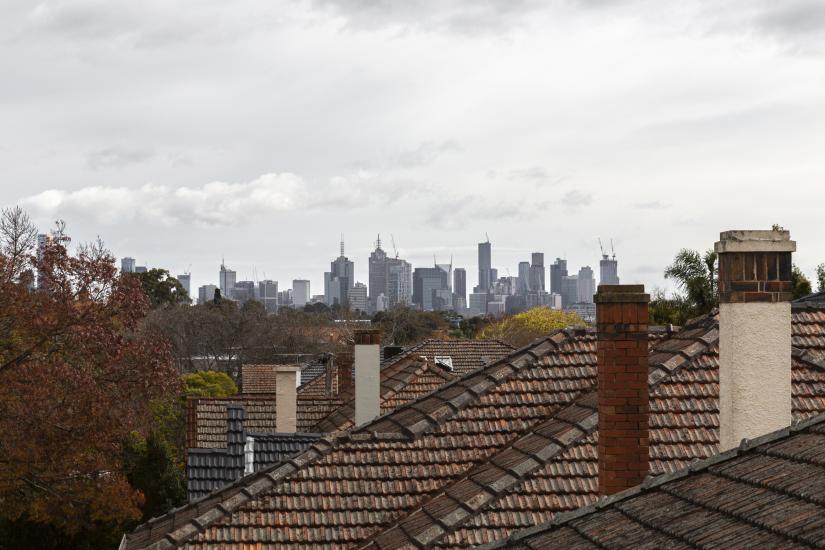Pre-existing building stock, including social housing in NSW, poses a significant energy consumption challenge.

National and state governments have adopted a target of achieving net zero emissions by 2050, with NSW committed to an interim goal of 50% emissions reduction (from 2005 levels) by 2030. While improving the environmental performance of new buildings is critical, a significant proportion of all buildings that will exist in 2050 have already been built.
This means we will require significant energy efficiency upgrades to existing housing stock, including many of the more than 150,000 social housing dwellings in NSW.
A pilot project in the inner Sydney suburb of Glebe (and nearby areas), funded by the RACE for 2030 CRC aims to bring the benefits of new energy technology to social housing residents across Australia. It is led by the UTS Institute for Sustainable Futures (ISF) in partnership with Bridge Housing, and the NSW Department of Climate Change, Energy, the Environment and Water.
The project builds on more than a year of research and stakeholder engagement by researchers from the UTS Climate Impact Lab, who sought to understand the energy concerns of social housing residents in Glebe.
This project will help to understand how an integrated approach to thermal comfort and solar can benefit social housing residents, and then work with government, industry and community partners to design funding and financing structures to overcome the persistent challenge of who pays and who benefits to make it scalable.
– Ed Langham, ISF
Speaking to residents helped the project team identify opportunities that could reduce energy bills and boost comfort alongside the implementation of rooftop solar. Additional identified interventions include:
- thermal envelope interventions such as shading, draught-proofing, insulation and curtains
- efficient and/or flexible ‘smart’ water heaters
- induction stoves and reverse cycle heating/cooling in buildings with gas.
This integrated approach can improve the value solar for tenants by combining options that address discomfort in excessively hot or cold dwellings, while also shifting energy use to periods of excess generation.
ISF Research Director Dr Ed Langham says, “This project will help to understand how an integrated approach to thermal comfort and solar can benefit social housing residents, and then work with government, industry and community partners to design funding and financing structures to overcome the persistent challenge of who pays and who benefits to make it scalable.”
Importantly, this initiative is not confined to Glebe, but serves as a blueprint for broader societal impact. The anticipated outcome of the first phase is a replicable model that can justify energy upgrades Bridge Housing’s wider building portfolio. Subsequent phases will support deployment of the model across the Australian social housing sector.

